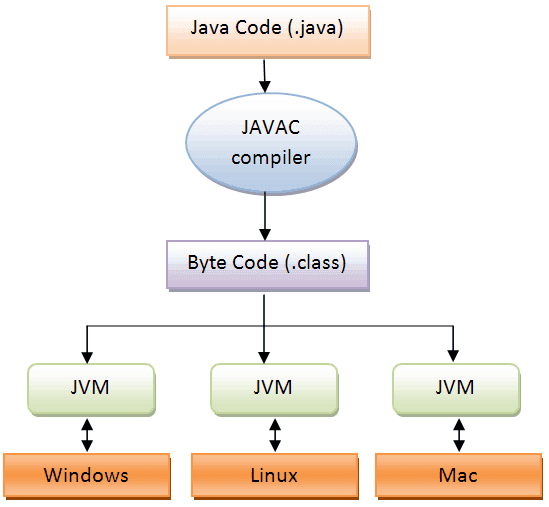TRICKS OF C LANGUAGE
Tricks of C language
1. ‘
\t ’ :- It will leave 7 or 8 spaces (Tab)
Example:
printf(“ Tricks of \t C language”);
Output: Trics
of C language
2. ‘
\r ‘ :- return the whole line
Example:
printf(“
This is \r”);
printf(“
C language”);
Output: C
language
3. ‘
\r\n ‘ :- same as \n
Example:
printf(“ This is \r\n C languge”);
Output: This is
C language
4. ‘
\a ‘ :- this will give a beep
Example:
printf(“ \a”);
Output: (it will a beep sound)
5. To
print
“ hey i’m learning c
language”
printf(“\ “ Hey i’m learning c\””);
6. int a=5.5;
printf(“a = %d”, a);
Output: a=0
7. char ch=’A’;
printf(“ch = %d”,
ch);
Output: ch=65
8. ASCII
values
Digits (0 – 9) : 48
to 57
A – Z : 65 to 90 (
capital letters)
a – z :
97 to 122 ( small letters)
·
To print value of double type use “ %f “ as a formate
specifier.
Example
:
double a=5.557;
printf(“ double = %f ”, a);
Output: double = 5.557
·
The range of unsigned char is 0 to 255. If
you store a number that is outside this range, the number is divided by 256 and
remainder is stored in the variable.
·
Range of signed char is -128 to 127. If we
store a number that is 1 more than 127 i.e. 128, the number stored will be
-128, for 129 it will be -127 and so on. If you store -129 output will be 127.
·
The range of all data types ( int, char,
float, double with qualifiers i.e. signed, unsigned) is stored in header file
< limits.h>.
·
For to get remainder use “ % “ operator.
·
In order to print % on the output screen
use % twice.
Example:
printf(“ C language is 100%% good language”);

Comments
Post a Comment